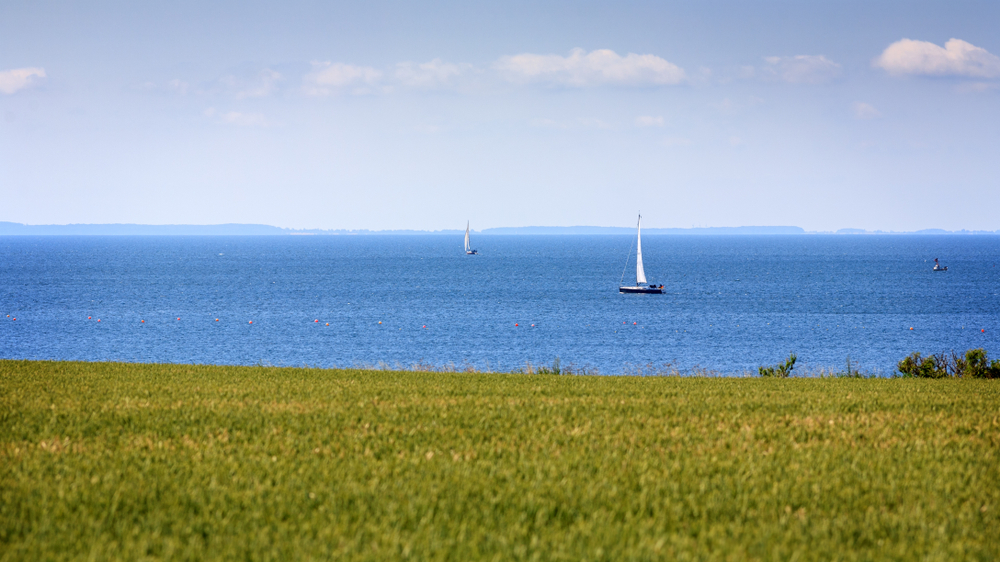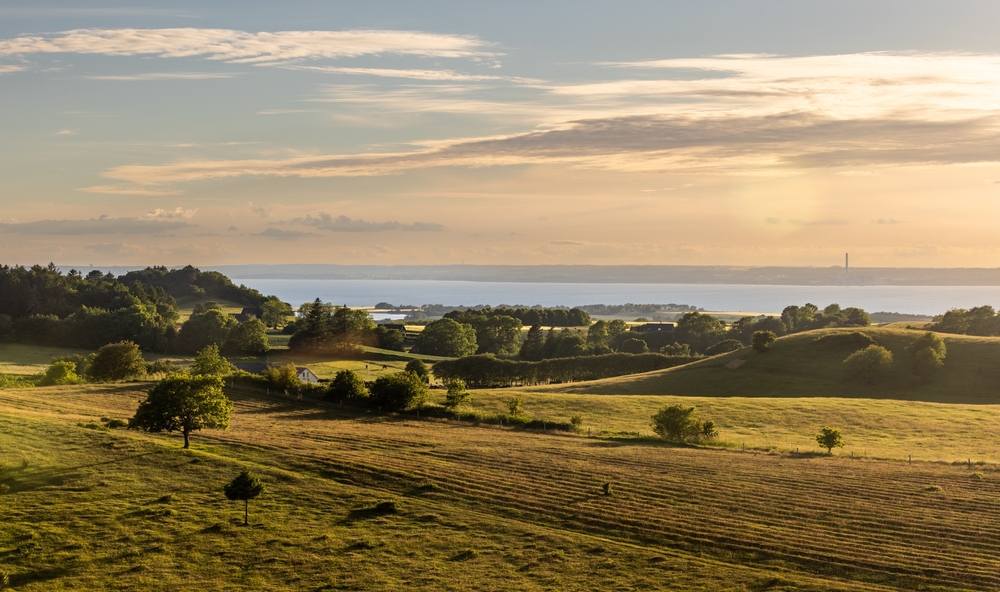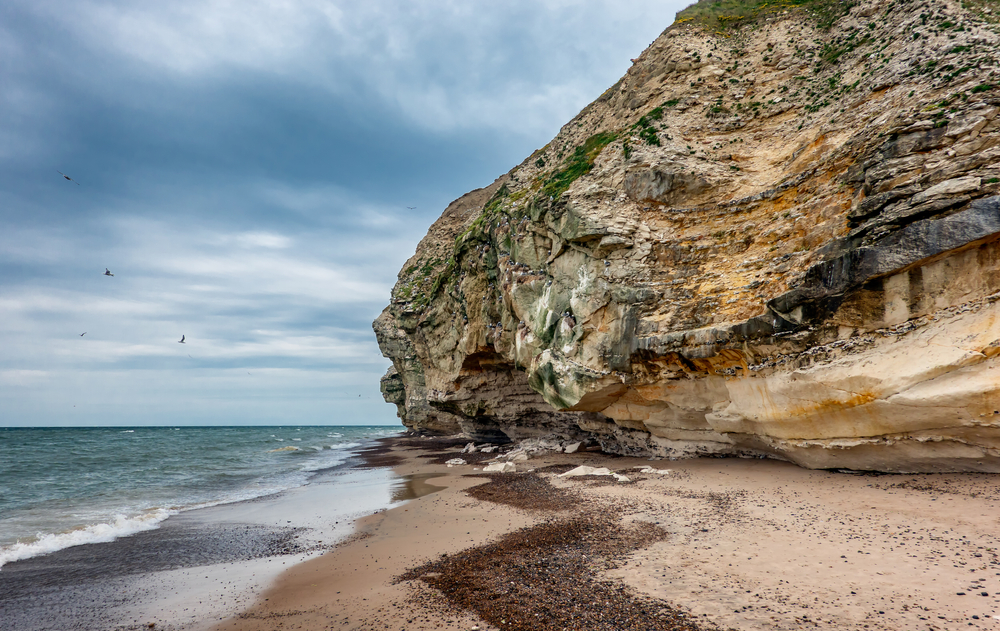Dybbøl Overview
Dybbøl National Park, or Dybbøl Mølle Nationalpark in Danish, is a relatively small yet historically significant park located near the town of Sønderborg in southern Denmark. Spanning approximately 1.5 square miles (around 3.9 square kilometers), this park preserves both natural beauty and a key historical site central to Denmark’s identity.
Situated in the picturesque countryside of southern Jutland, the park is not only a natural haven but also the site of the famous Dybbøl Mill and the battlefield of the Second Schleswig War of 1864. This blend of serene landscapes and rich history makes Dybbøl National Park a captivating destination for visitors.
The terrain of Dybbøl National Park is defined by gently rolling hills, open meadows, and well-maintained pathways that wind through the area, offering stunning views of the surrounding countryside. The park’s proximity to the Alssund strait provides a scenic backdrop, with sparkling waters and views of nearby islands.
Vegetation in the park includes lush grasslands, small groves of deciduous trees like beech and oak, and patches of wildflowers that bloom vibrantly in spring and summer. The site’s historical significance is accentuated by the iconic Dybbøl Mill, which serves as a memorial to the Danish troops who fought and fell during the 1864 conflict.
Wildlife in Dybbøl National Park, though not as diverse as in larger parks, offers an opportunity to observe some of Denmark’s native species. Common mammals include European hares and roe deer, which are often seen grazing in the open fields.
Birdwatchers can enjoy sightings of kestrels, buzzards, and skylarks, alongside other songbirds that frequent the area. The park’s smaller size means that encounters with wildlife feel intimate and accessible, making it a great destination for nature enthusiasts.
Dybbøl National Park’s most popular feature is undoubtedly Dybbøl Mill, a symbol of resilience and Danish unity. The restored mill stands as a museum where visitors can learn about the 1864 war and Denmark’s history. The nearby battlefield is marked with memorial stones and information boards, creating a poignant space for reflection.
Beyond its historical sites, the park offers well-maintained trails that are perfect for walking, jogging, or cycling. Visitors often enjoy picnicking in the serene environment or taking in panoramic views of the surrounding countryside and the waters of the Alssund.
Visitors to Dybbøl National Park typically engage with the park through guided historical tours, self-paced walks along its trails, and museum visits. The trails are accessible and cater to people of all ages, making it a family-friendly destination. Additionally, its compact size allows visitors to experience much of what the park has to offer in a single day.
Despite its small size, Dybbøl National Park faces conservation challenges, particularly related to maintaining the historic Dybbøl Mill and battlefield area, which require ongoing care to prevent degradation. However, these efforts have been met with significant success, as local and national organizations collaborate to preserve this vital piece of Danish heritage. The park stands as a testament to Denmark’s commitment to honoring its history while offering a tranquil and beautiful space for present and future generations to enjoy.













































































